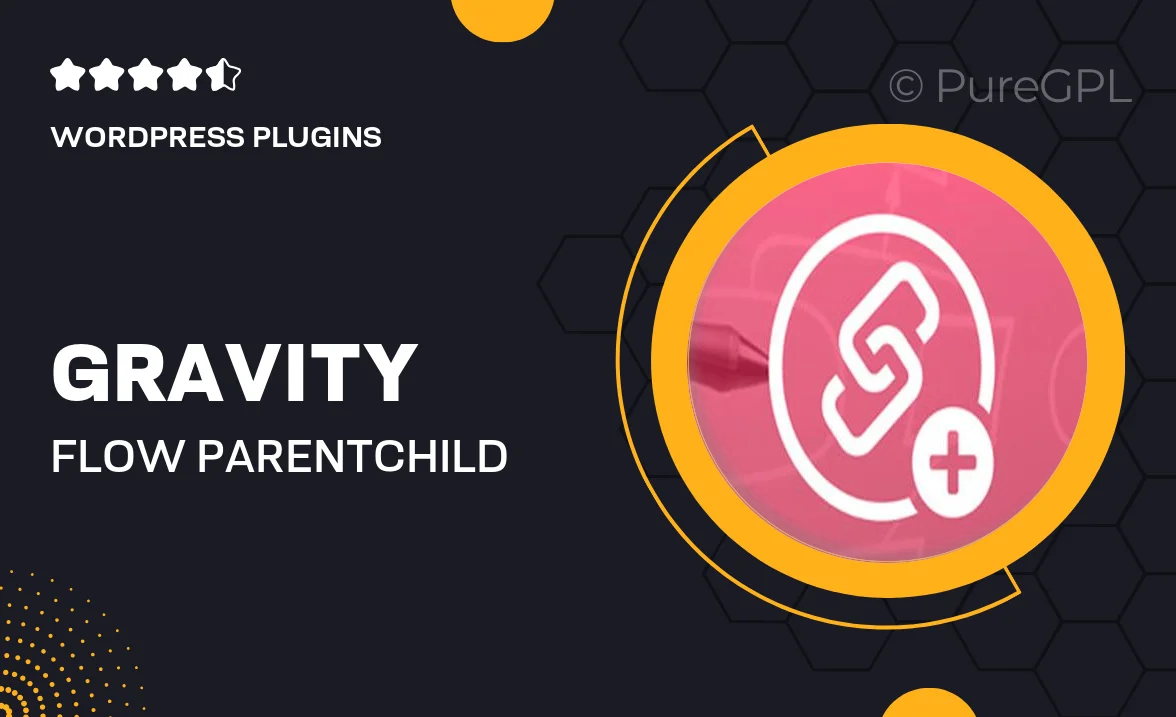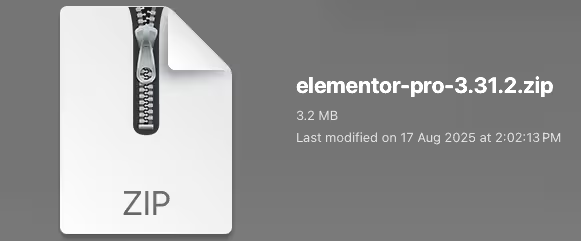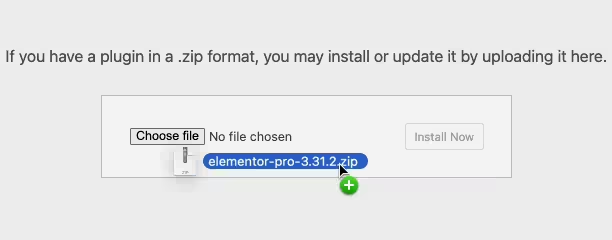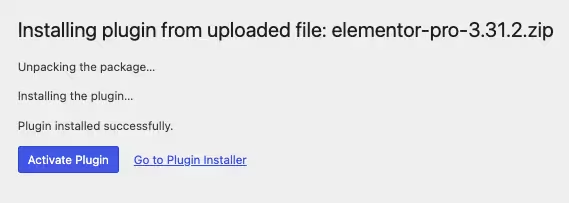Gravity flow | Parent-Child Forms
Updated on: November 7, 2025
Version 1.6

Single Purchase
Buy this product once and own it forever.
Membership
Unlock everything on the site for one low price.
Product Overview
Gravity Flow | Parent-Child Forms is a powerful WordPress plugin designed to enhance user experience through dynamic form interactions. With this plugin, you can easily create parent-child relationships between forms, allowing for a seamless data collection process. This means that users can fill out forms that automatically generate follow-up fields based on their previous responses. Plus, the intuitive setup lets you configure complex workflows without any coding knowledge. Whether you're managing user registrations, surveys, or any other form-driven tasks, this plugin simplifies the process and makes it more efficient for both users and administrators.
Key Features
- Create dynamic parent-child form relationships effortlessly.
- Customize follow-up fields based on user inputs for personalized experiences.
- Simple drag-and-drop interface for easy form creation.
- Seamless integration with Gravity Forms for enhanced functionality.
- Responsive design ensures forms look great on any device.
- Supports conditional logic to streamline user interactions.
- Robust reporting tools to analyze data collected through forms.
- Easy-to-follow documentation and support for quick setup.
Installation & Usage Guide
What You'll Need
- After downloading from our website, first unzip the file. Inside, you may find extra items like templates or documentation. Make sure to use the correct plugin/theme file when installing.
Unzip the Plugin File
Find the plugin's .zip file on your computer. Right-click and extract its contents to a new folder.

Upload the Plugin Folder
Navigate to the wp-content/plugins folder on your website's side. Then, drag and drop the unzipped plugin folder from your computer into this directory.

Activate the Plugin
Finally, log in to your WordPress dashboard. Go to the Plugins menu. You should see your new plugin listed. Click Activate to finish the installation.

PureGPL ensures you have all the tools and support you need for seamless installations and updates!
For any installation or technical-related queries, Please contact via Live Chat or Support Ticket.